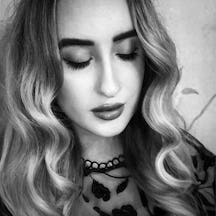Many of our streets are littered with obstacles, whether that’s a badly parked bike or an intrusive A-board. For a visually impaired person, a simple walk through town is often complicated by careless behaviour and bad design. By writing exhaustive – and exhausting – lists of all the things that get in her way, Caroline Butterwick wants to create an embodied experience of disability and convince you that inclusion is everyone’s responsibility.
Walk, interrupted
Words by Caroline Butterwickartwork by Kimberley Burrowsaverage reading time 4 minutes
- Article
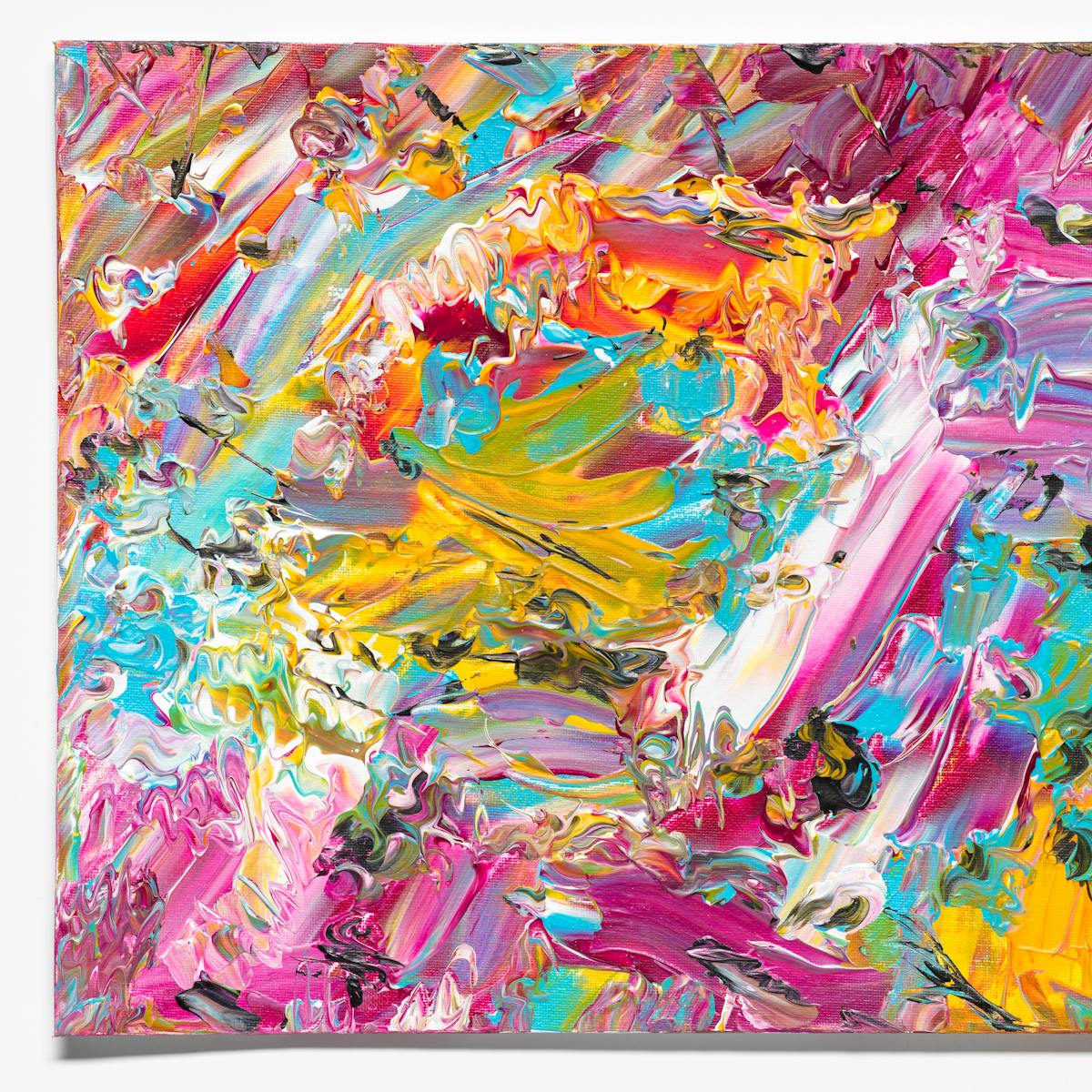
My walk through town is a constant obstacle course. Long white cane in hand, I notice all these barriers, things that I see at the last minute, causing me to alter my path.
An A-board advertising phone repairs
A bike chained to a tree, front wheel sticking out
Litter – red coffee cups, crisp packets, plastic bottles – spilling from a white bin bag that flails in the wind
Cracked pavement
A bin
Another A-board, for eyebrow waxing
Sure, other people may notice some of these obstacles, but for non-disabled people, they usually pose less of a problem. But when you only notice a pile of rubbish in the street when you’re right next to it, and then have to work out how to get past without bashing into anyone, these constant obstructions make something that should be simple a challenge.
It can be hard to explain this to others. So I decided to start playing around with the idea of lists – like the one at the start of this essay. As I walk through town, I make a mental note of each obstacle I come across. I then settle in my favourite coffee shop, get out my notebook, and write it all down.
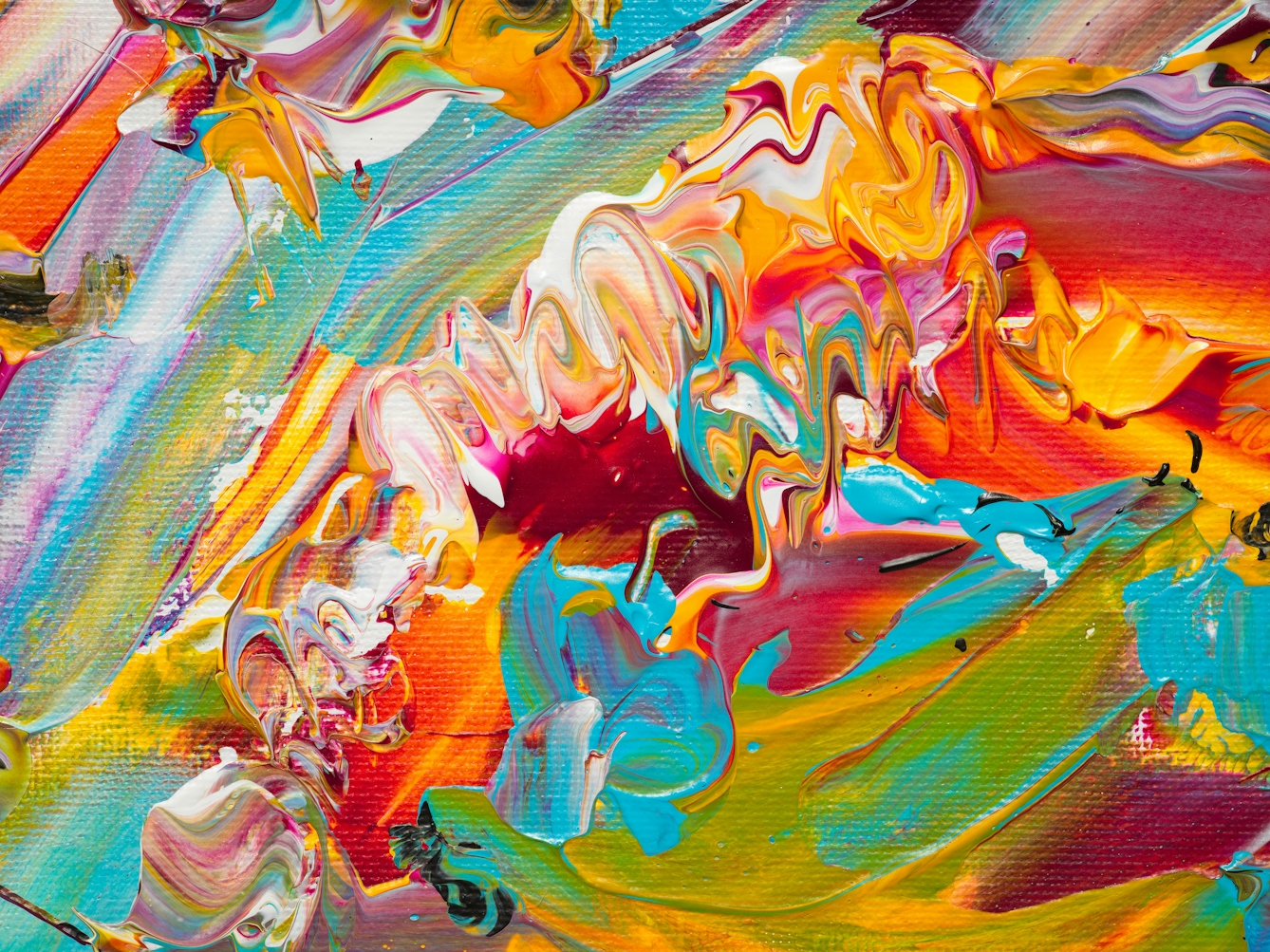
“My walk through town is a constant obstacle course. Long white cane in hand, I notice all these barriers, things that I see at the last minute, causing me to alter my path.”
I want the reader to feel like they’re experiencing what I’m writing about, rather than merely observing it.
I was inspired by reading ‘An Attempt at Exhausting a Place in Paris’ by Oulipian author Georges Perec. In this short work, Perec writes lists of all he observes as he sits in Paris over the course of three days in 1974. It feels like you’re there with him, watching people and buses pass, the repetitive and small details that others don’t always pick up on. Perhaps this style of writing could be used for exploring my own experience.
I want to place my reader into what I consider the embodied experience of disability. That means not just explaining what it’s like to be visually impaired, but to try to give the reader an opportunity to occupy my body, my mind, my eyes.
So I write a comprehensive list of the obstacles I encounter as I walk through town. They are often short lines, and it can come across quite jarring, replicating how each of these objects suddenly jolt me as I see them, the sense of constant interruptions.
A group of men walking three abreast
A lamppost
A parked car
A woman hurriedly handing out fast-food vouchers
An unmarked kerb that I stumble on
Carrier bags piled outside a charity shop
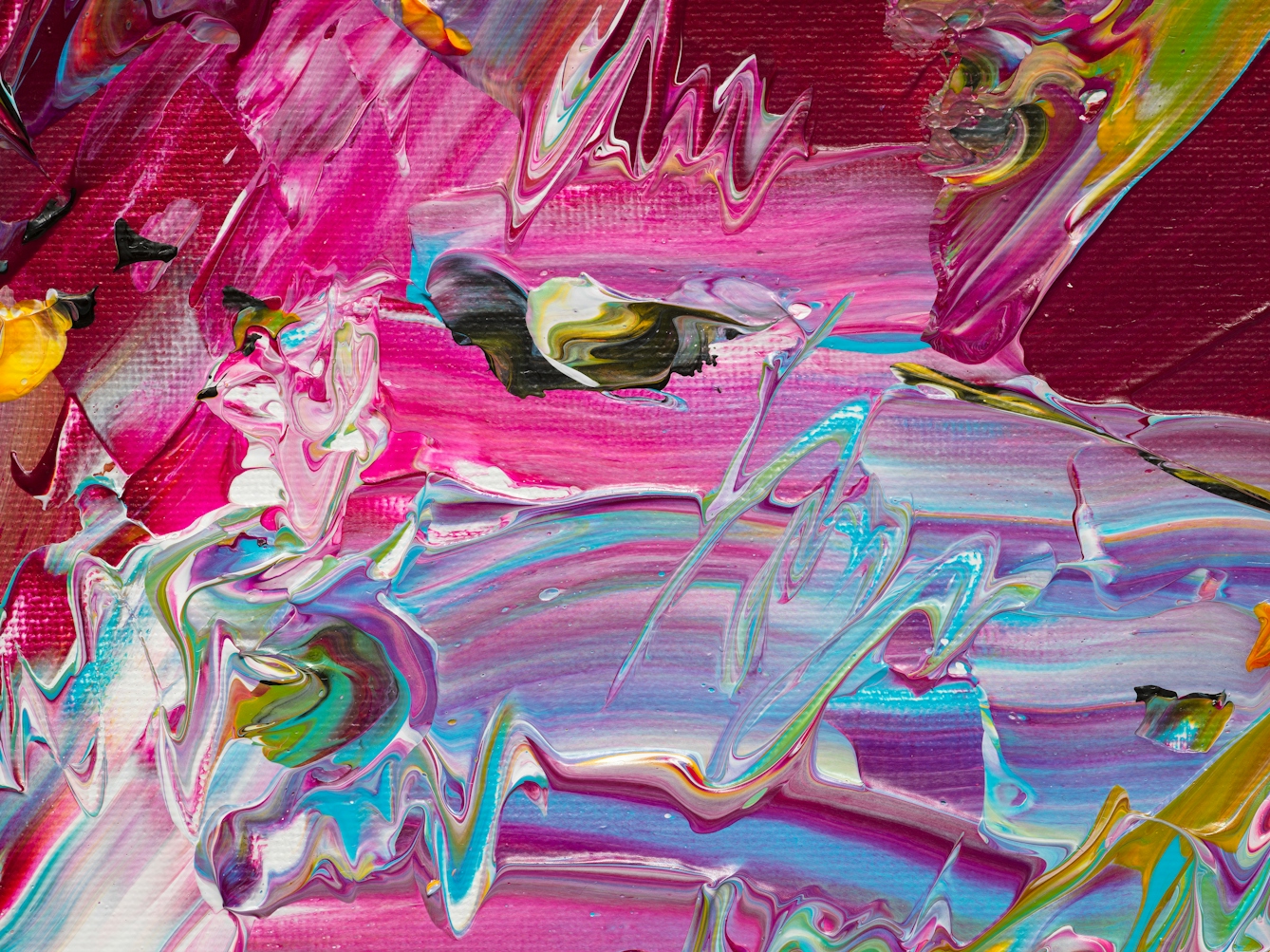
“I want to place my reader into what I consider the embodied experience of disability… to try to give them an opportunity to occupy my body, my mind, my eyes.”
Encounter my world with me
A list aims to give a sense of the exhaustion that comes with being a disabled person, simply trying to get from A to B. It places the emphasis on the external barriers I come up against, rather than my visual impairment.
It links to the social model of disability. This, put simply, is the idea that disabled people are disabled by barriers in society, rather than by our impairments. While, like many, I feel there are limits to the social model, I still find it a helpful way of explaining access to others.
I want the reader to feel like they’re experiencing what I’m writing about, rather than merely observing it. I want to build a sense of empathy and understanding of what it’s like to be a disabled person.
I have an artist friend, Anahita Harding, who has done something similar with her work, linking it to the social model. She created a piece where a coat rack was positioned just above where people could reach as they entered an art gallery. The idea was to place people in a situation she finds herself in as a wheelchair user, with items being located out of her reach.
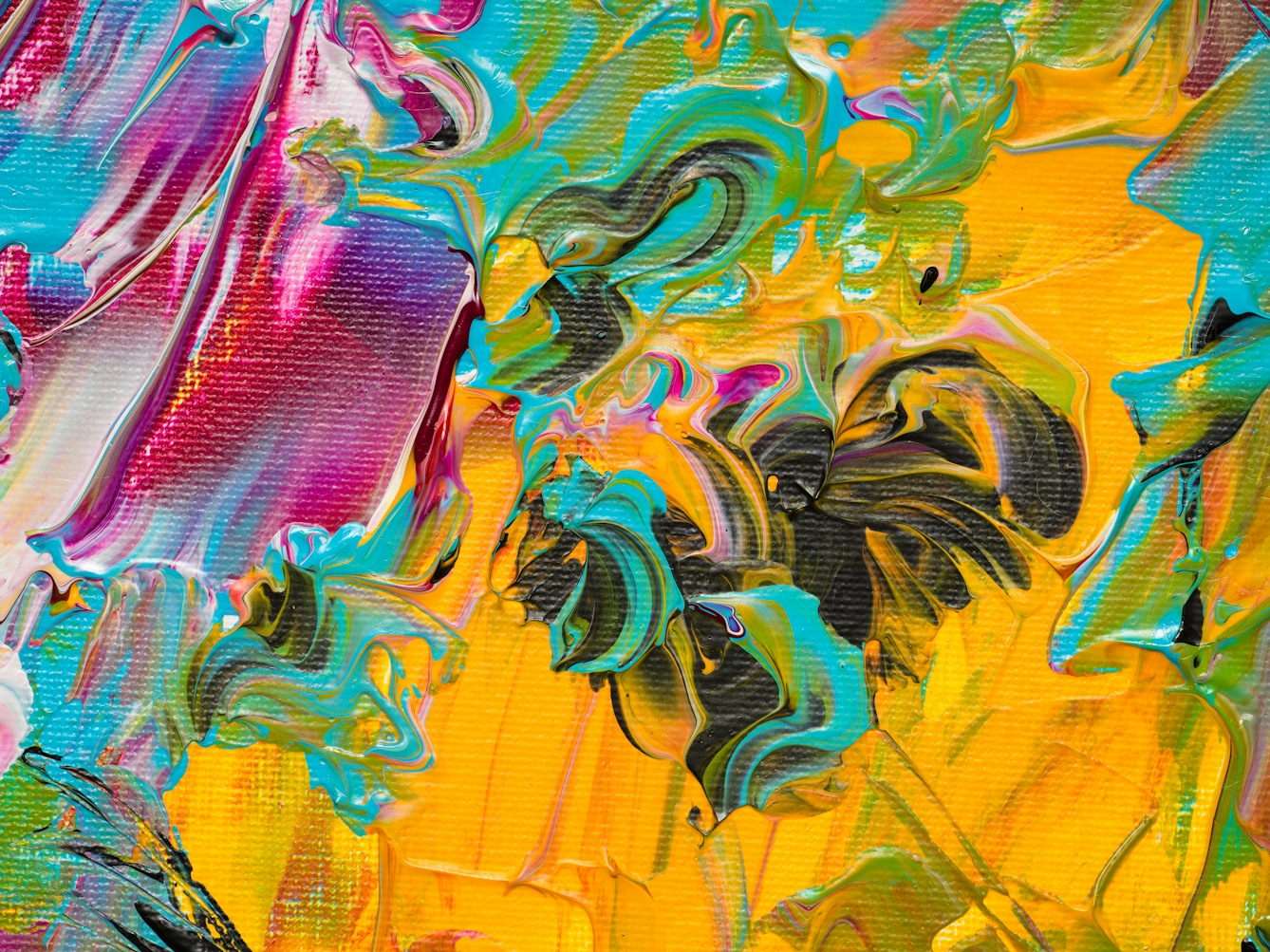
“I hope my work allows people to know the world as I do, to feel the exhaustion of being a disabled person in a society that is inaccessible.”
Inclusion is everyone’s issue
A bench
A group of people standing talking
Another A-board; I can’t see what it’s for
A lamppost
A large group of people, spread out, moving
A busker’s open guitar case, coins catching the light
As a writer, I hope my work allows people to know the world as I do, to feel the exhaustion of being a disabled person in a society that is inaccessible.
I want you to experience how much easier it would be if I could walk through town without having to dodge so many badly placed objects, and to appreciate that the problem isn’t with me. I want you to see inclusion as everyone’s responsibility: that my visual impairment is not a personal tragedy, and that many of the barriers I face can – and should – be dismantled.
Maybe, through writing, through art, more people will understand the daily reality of disabled lives, and realise what we’re up against.
About the contributors
Caroline Butterwick
Caroline Butterwick is a writer, researcher and freelance journalist based in North Staffordshire. She’s currently working on a nonfiction book proposal, and her freelance journalism has featured in a range of publications, including the Guardian, the i paper, Mslexia, and Psychologies. She is studying for a PhD in Creative Writing that explores the power of memoir as a counternarrative to dominant models of disability, funded by the Arts and Humanities Research Council/Midlands4Cities.
Kimberley Burrows
Kimberley is a blind abstract expressionist artist from Salford, Greater Manchester. An intuitive approach to her practice explores the complex themes of blindness, mental health, and art as therapy through performative mark-making. Kimberley is keen to understand the relationship between artist and medium, beyond the scope of vision, and the various health benefits that art can cultivate. Kimberley is a passionate advocate for accessibility and inclusion, which are both at the forefront of her social media presence. Kimberley, who will undertake a Master's degree in painting at the Royal College of Art, London later this year, has been featured in BBC Look North, Manchester Evening News, ITV News, the Daily Mail, and Marie Claire, among others.

